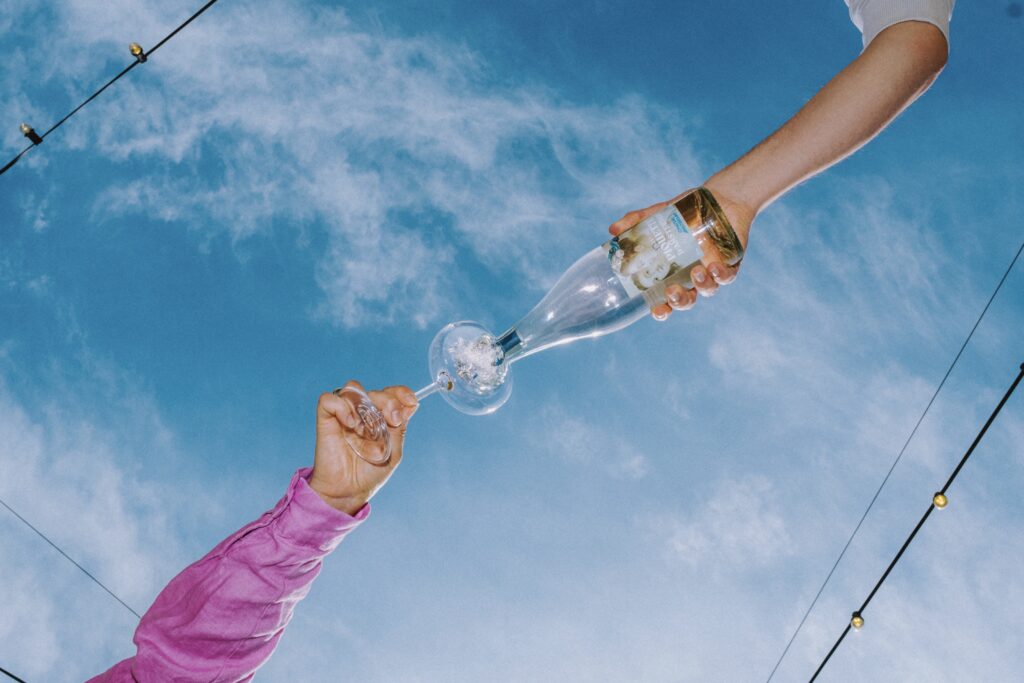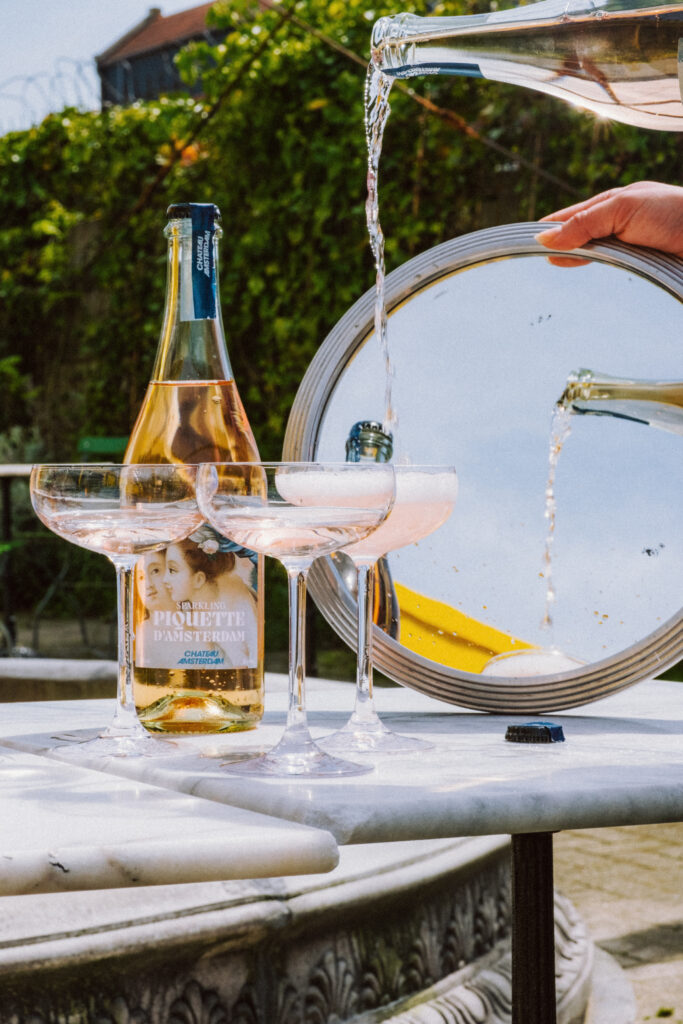OUR WINE AND COOKIE COMBINATION
To give you the best possible experience, we use cookies. These help to: make sure you don't have to enter the same information over and over again, give you a smoother experience, personalize content based on your interests and manage your preferences.




